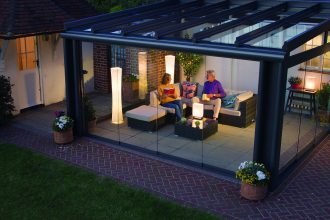HSE Focus on MSDs & Dust Control
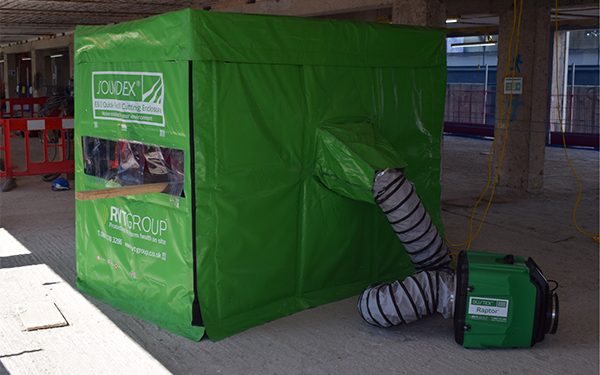
On 27th September, the HSE announced that they will be launching a campaign around MSDs. The objective is to reduce occupational aches, pains and strains by ensuring that contractors are properly assessing the moving and handling risks at the design stage. As such, HSE inspectors will be carrying out 1,000 inspections in October and November, checking how workers are moving heavy or bulky materials.
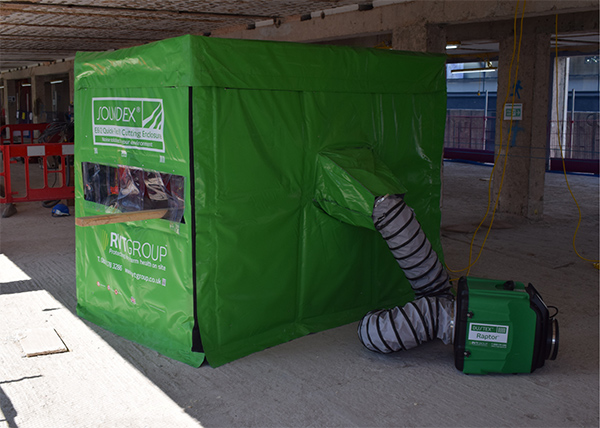
In addition to this, the HSE are also launching a brand new ‘Silica in Manufacturing’ Campaign, in which they will be having a drive on Silica dust inspections across the brick, tile, stone working and foundries sectors. Dust remains a huge concern across all industries and if an HSE inspector visits your site or facility and finds that dust is not being managed effectively, they will take action.
Silica dust is the 2nd highest cause of occupational cancer deaths (after asbestos), with 1,000 UK workers dying from exposure to Silica dust every year. The concern is now so great, that there is an All Party Parliamentary Group Report which argues that Silica dust should be treated the same as asbestos.
Silica dust is commonly found within stone, rock, concrete, brick, mortar and plaster. When we work with these materials, Silica dust particles become airborne. These dust particles are so small that they easily become lodged in our lungs, and over time, can cause Silicosis. Silicosis is a chronic lung disease which stops the lungs from functioning effectively and can be fatal.
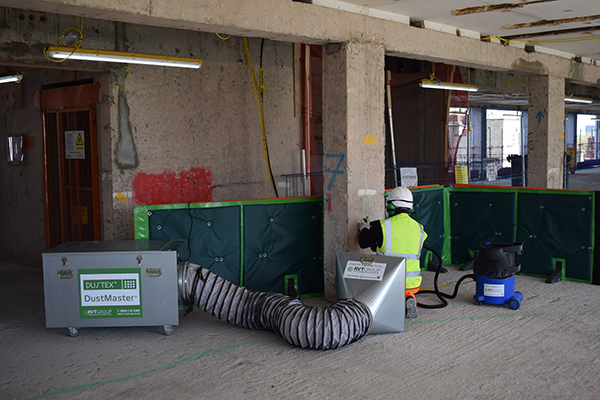
How to Capture, Contain & Control Silica Dust
To protect yourself and others from Silica dust, you must use appropriate dust control equipment. RVT Group recommend following The 3C’s® methodology (Capture, Contain, Control):
- Capture the dust at source by using an extraction unit with a suitable capture hood. Position the hood as close to the activity as possible to ensure that as much dust is captured as possible. Ensure the unit has a suitable airflow for the task in hand, and that it contains a HEPA filter. HEPA stands high-efficiency particulate air, and refers to the efficiency of the filter at trapping extremely fine airborne particles. Filters are regarded as a ‘true HEPA’ (EU13 or higher) if they filter to an efficiency of more than 99.95% in 0.3 Microns in size.
- Contain the work area to ensure that those working nearby are not negatively affected by any residual airborne dust. You can seal the room using plastic sheeting, or you could create a stand-alone work zone by erecting a cutting enclosure.
- Control the residual airborne dust further by putting the work area under negative pressure. When the airflow is controlled in this way, it ensures that there is zero dust migration to adjacent areas. This is particularly important when working in live or sensitive environments.
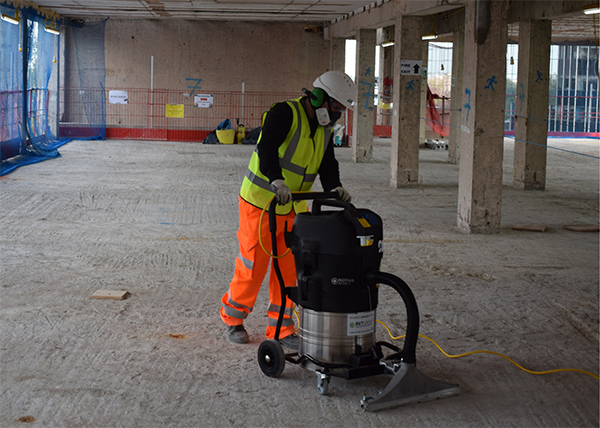
What Dust Control Equipment is Available?
RVT Group offer a wide range of dust control equipment that is suitable for Silica Dust Control:
Dustex® Raptor (1000m³ airflow/hour)
Dustex® Dustmaster® Pro (2500m³ airflow/hour)
View all Dust Control Solutions
Educational Resources for Silica Dust Control
RVT Group offer a number of free health and safety resources:
Whitepaper: Understanding the Dangers of Silica Dust
Poster: Silica Dust – What You Need to Know
Tool Box Talk PDF: The Dangers of Silica Dust
Tool Box Talk Videos: 17 videos for site workers
RVT Group is a specialist hire company with a team of fully qualified BOHS consultants. We work with you to understand the full scope of your activities on site before recommending a fully compliant health hazard control solution. If you would like to speak to a consultant, please call us on 0808 178 3286 or visit www.rvtgroup.co.uk.


